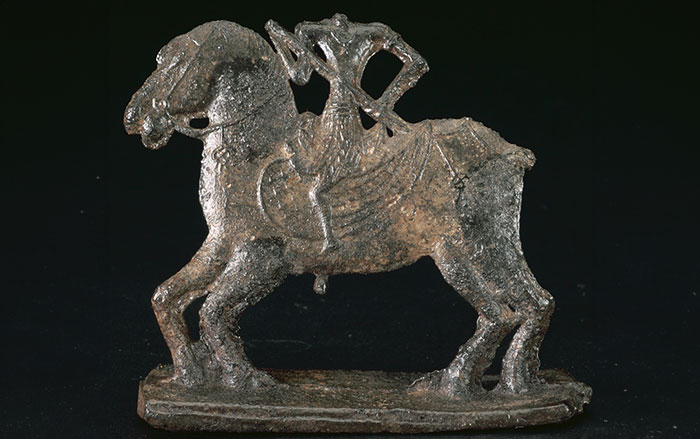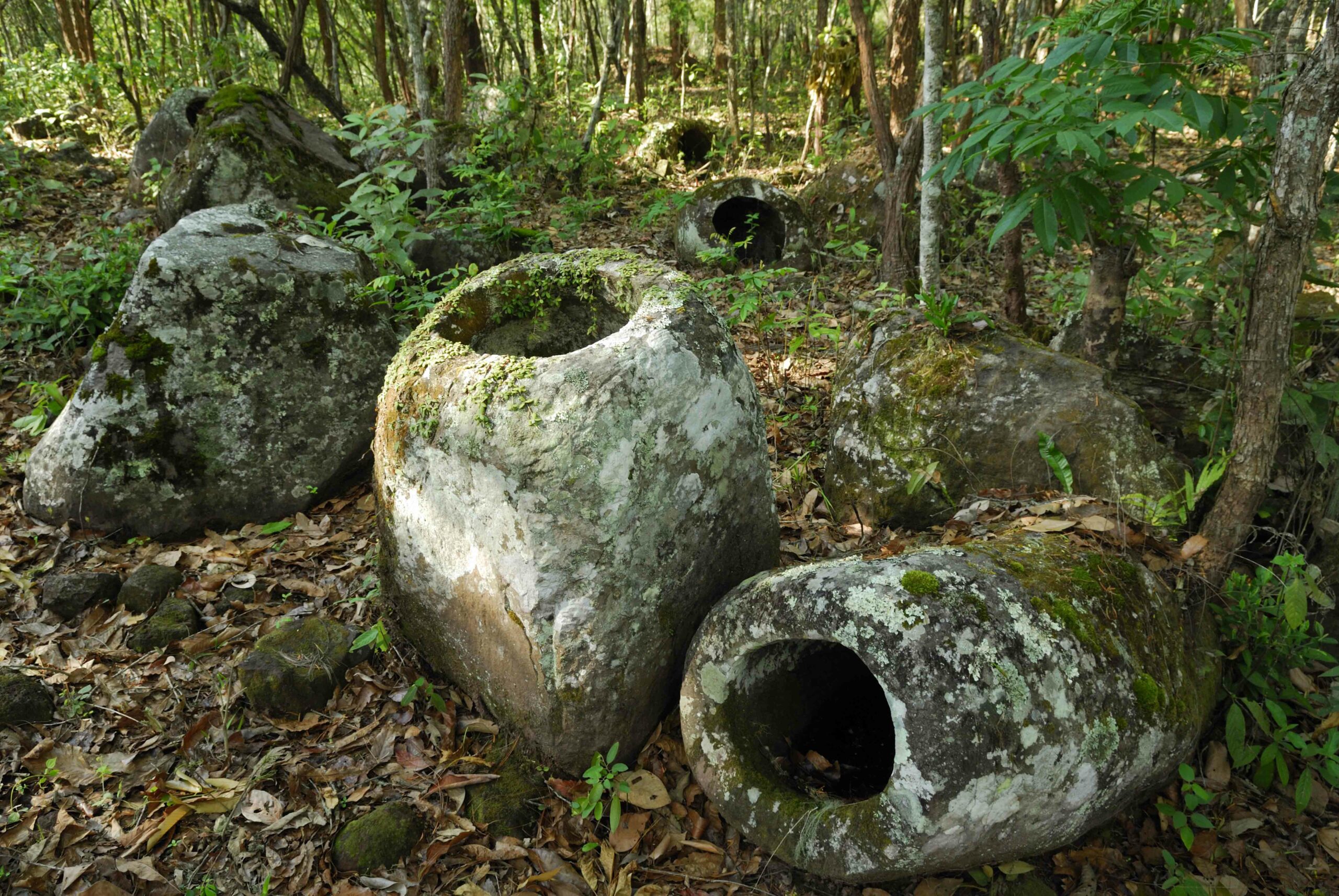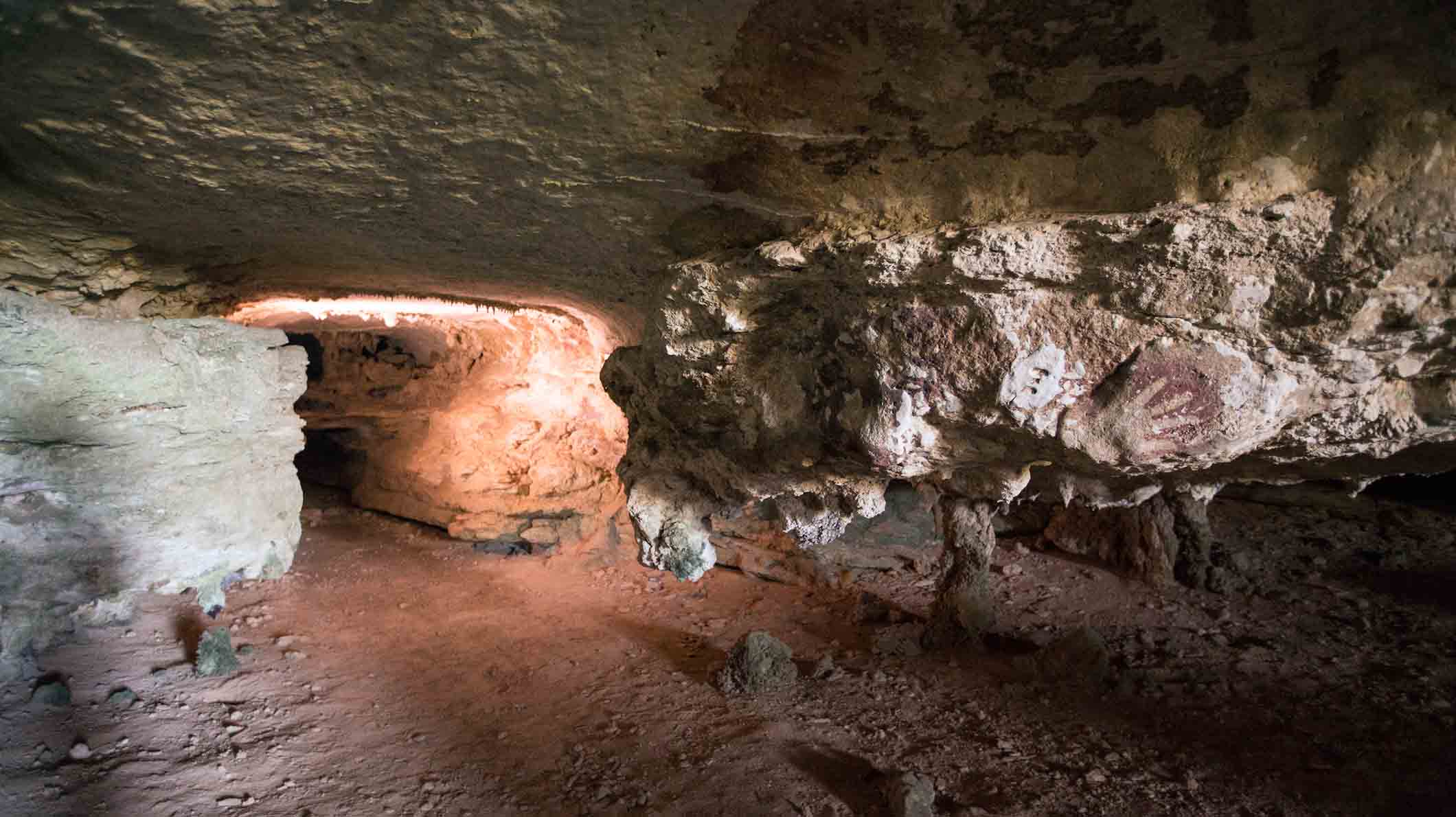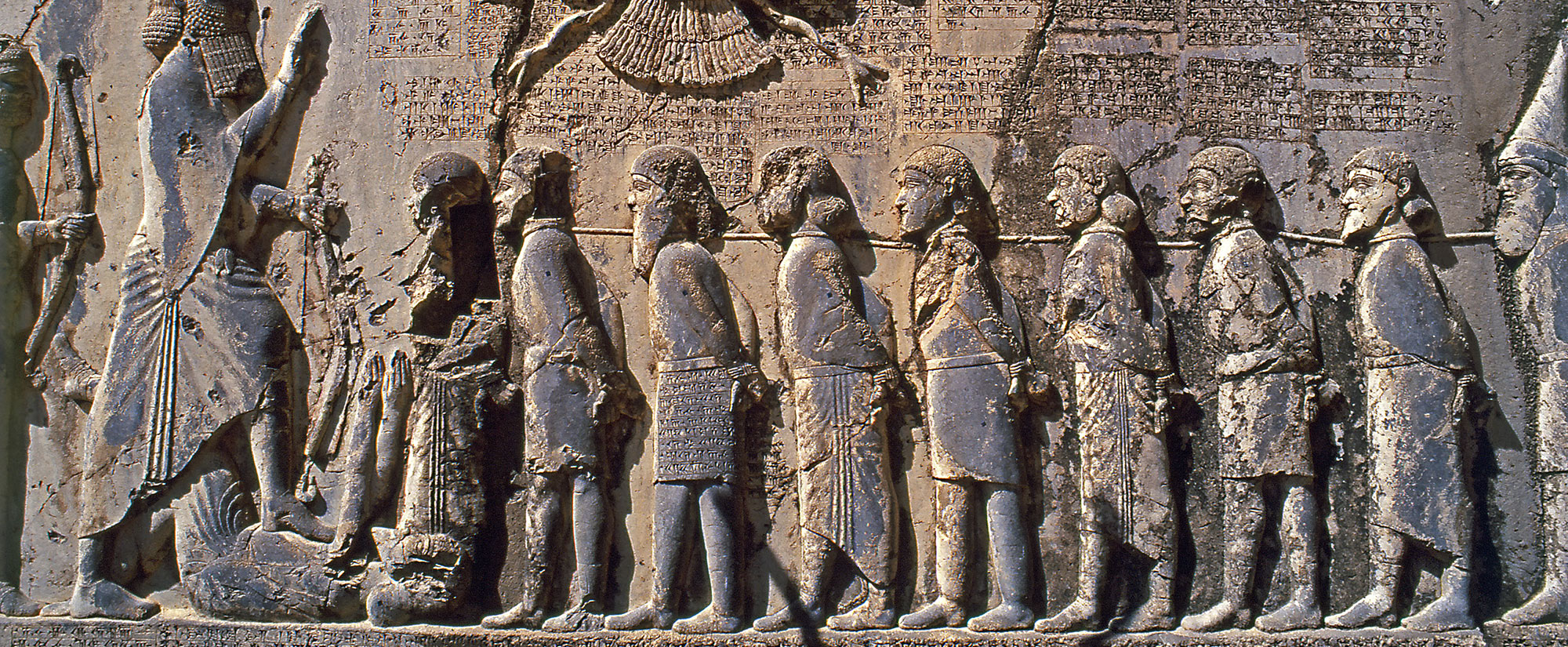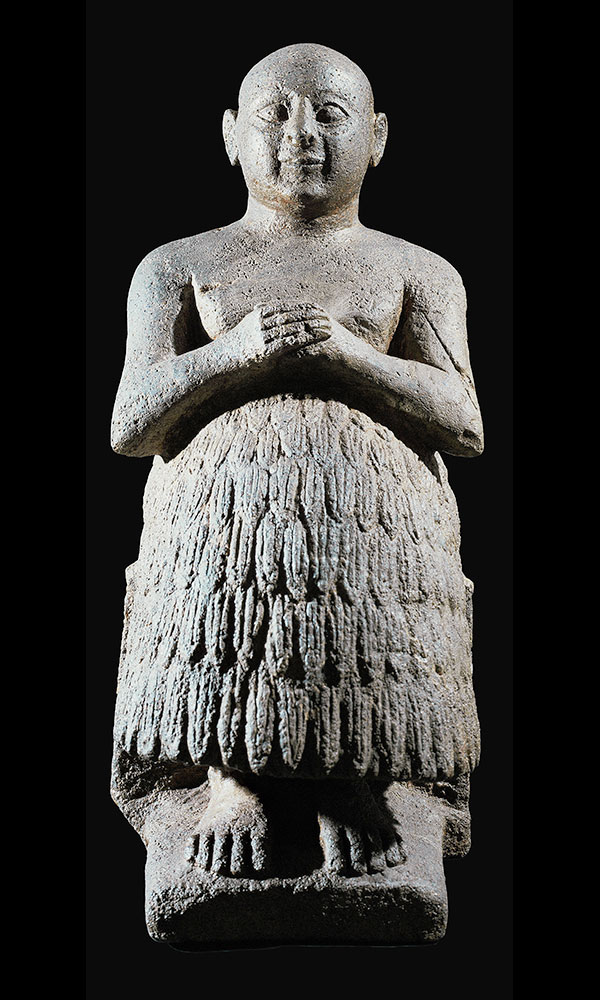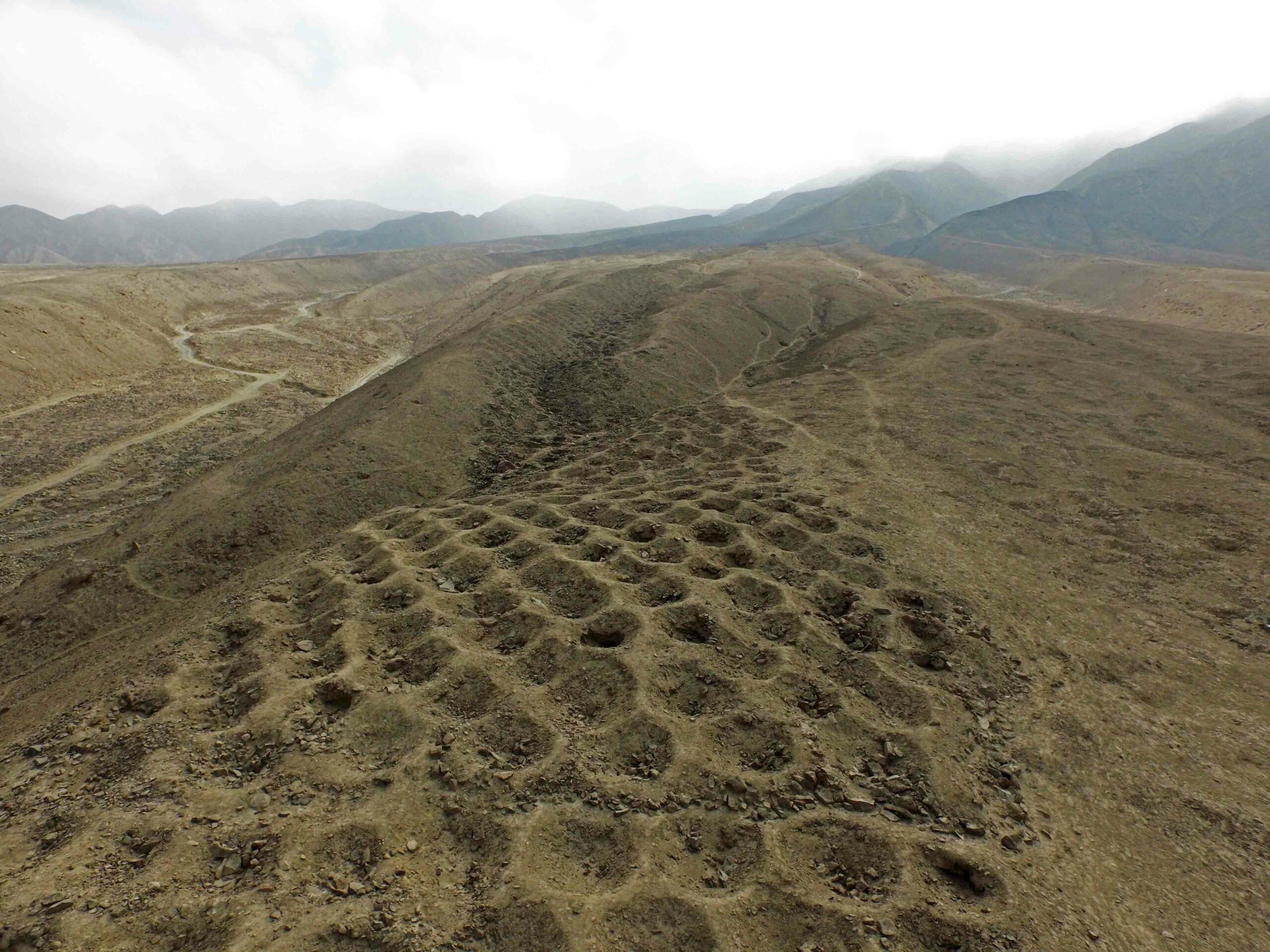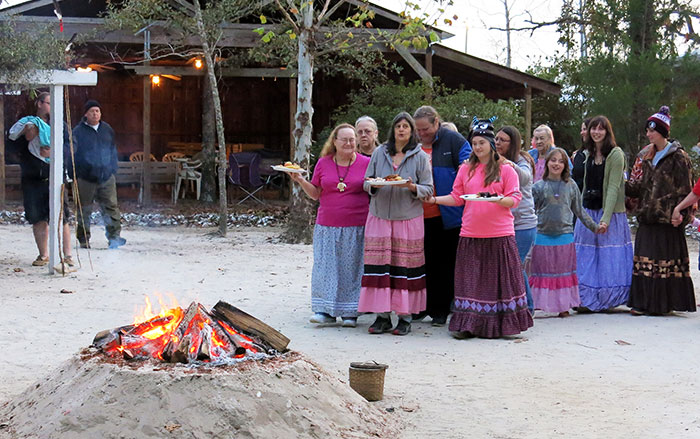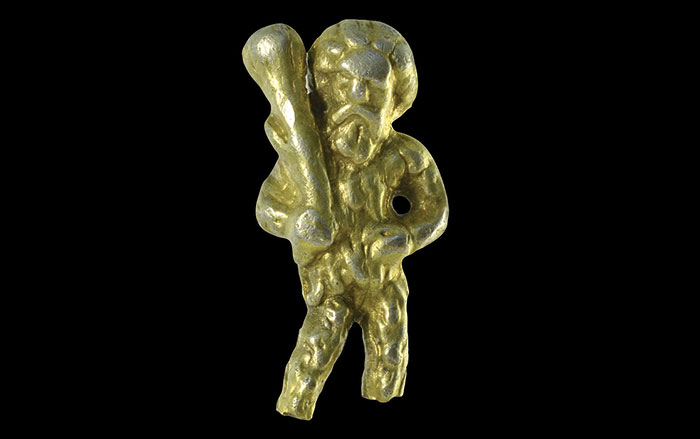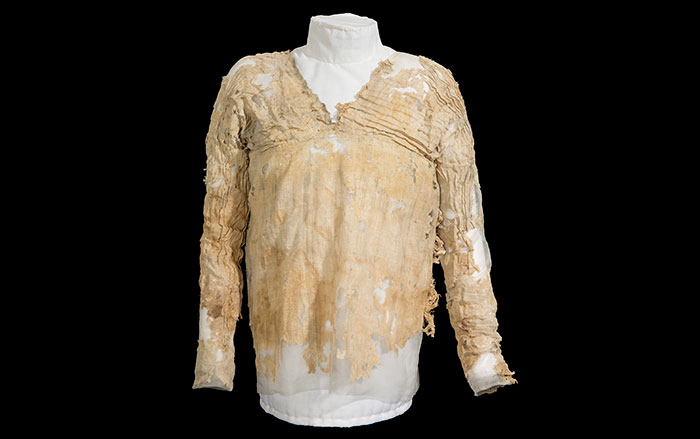
SYDNEY, AUSTRALIA—“Deep Skull,” a 37,000-year-old cranium discovered in Niah Cave on the island of Borneo, has been examined by Darren Curnoe of the University of New South Wales. When the skull was first studied after its discovery in 1958, researchers concluded that it belonged to an adolescent male who was closely related to modern indigenous Australians. That interpretation became part of a hypothesis postulating that Borneo’s first inhabitants were replaced by migrating farmers from southern China. According to the International Business Times, Curnoe suggests the skull belonged to an older woman and that it “more closely resembles people today from more northerly parts of Southeast Asia.” In this view, the remains could represent the ancestors of Borneo’s modern indigenous population. In this scenario, the island’s indigenous people adopted farming some 3,000 years ago. For more, go to "Letter from Borneo: The Landscape of Memory."



